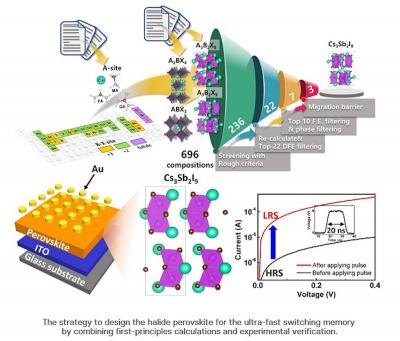Researchers break efficiency record with flipped perovskite-silicon tandems
Researchers from King Abdullah University of Science and Technology (KAUST) in Saudi Arabia, in collaboration with University of Toronto, the National University of Singapore and National Technical University of Athens, have designed monolithic tandem solar cell with power conversion efficiency of 27%, surpassing the previous best reported value of 22% in the same configuration.

The team explains that translating the high power conversion efficiencies of single-junction perovskite solar cells in their classic, non-inverted (n'i'p) architecture to efficient monolithic n'i'p perovskite/silicon tandem solar cells with high current densities has been a persistent challenge due to the lack of low-temperature processable, chemically-insoluble contact materials with appropriate polarity and sufficient optical transparency. To address this, they developed sputtered amorphous niobium oxide (a-NbOx) with ligand-bridged C60 as an efficient electron-selective contact, deposited on the textured-silicon bottom cell.






